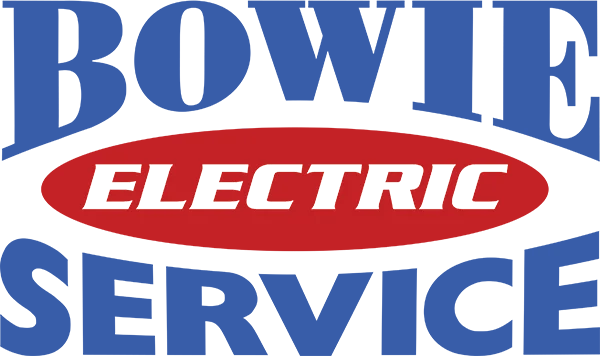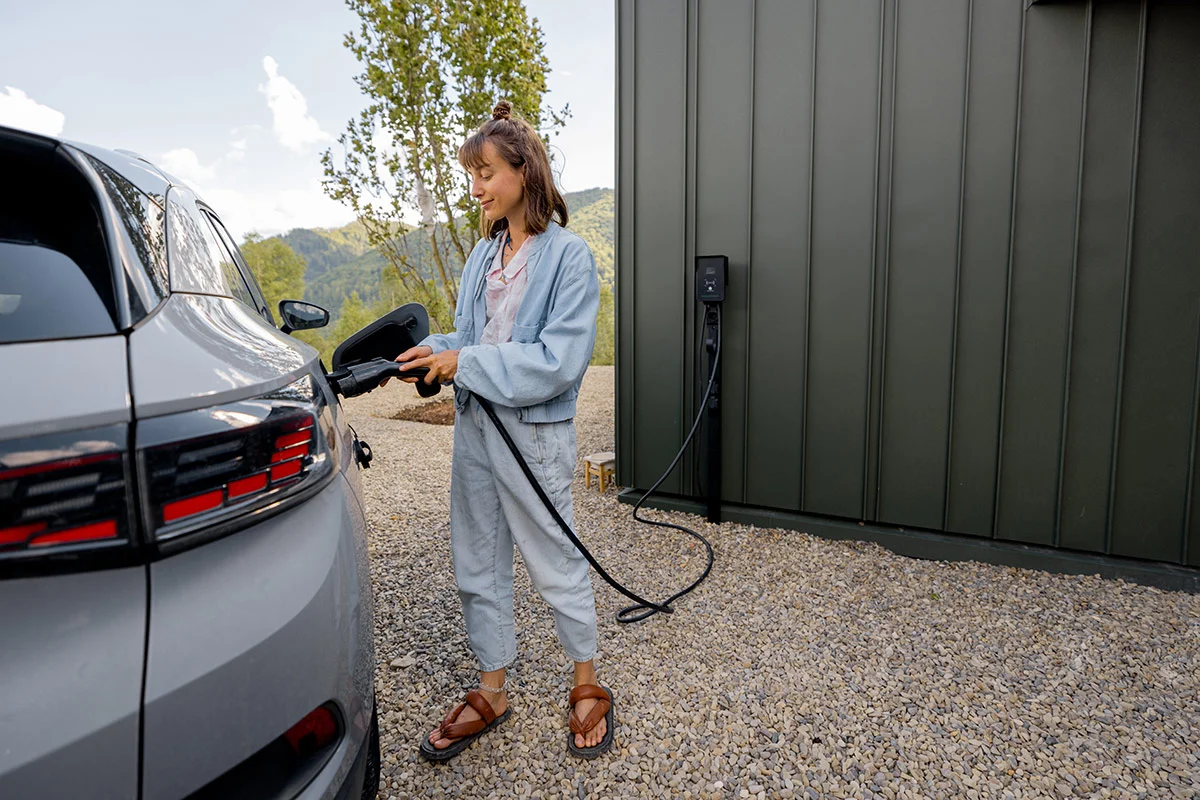Owning an electric vehicle (EV) is an exciting leap forward. It’s environmentally friendly, reduces your reliance on gas stations, and offers advanced, tech-filled features. But if your home still has knob and tube wiring, a common electrical system in houses built between the 1880s and the late 1940s, you might be wondering if it’s safe or even possible to install an EV charger. This guide dives into the challenges of coupling modern technology with an older home’s wiring and outlines what steps you’ll need to take to make it work.
What is Knob and Tube Wiring?
Knob and tube (K&T) wiring is the earliest standardized electrical wiring system used in residential buildings. It served homes well through the early 20th century but has long since been replaced by modern wiring systems. As the name suggests, this wiring method consists of ceramic knobs to anchor wires and ceramic tubes that guide them through walls and other materials. K&T wiring is ungrounded, lacks insulation in some parts, and is generally outdated compared to today’s electrical standards.
While knob and tube wiring isn’t inherently dangerous if in good condition, its limitations make it challenging for modern electrical loads, which is where the potential concern for EV chargers arises.
Why Knob and Tube Wiring May Not Support an EV Charger
Installing an EV charger requires your home’s electrical system to be up to a specific standard. Here’s why knob and tube wiring might present issues:
1. Ungrounded Wiring
Modern electrical systems are grounded, meaning there’s a path for electricity to safely travel in the event of a fault. Knob and tube wiring lacks grounding, which can lead to safety concerns when plugging in high-load devices, such as an EV charger.
2. Limited Electrical Capacity
Knob and tube systems were never designed with today’s energy-hungry appliances in mind. An EV charger typically requires anywhere from 30 amps (Level 2 charger) to even 60 amps in some cases. Older systems generally cannot handle this high level of current without overloading circuits, increasing the risk of electrical fires.
3. Aging Infrastructure
Most homes with knob and tube wiring are over 70 years old, and their wiring has likely deteriorated from decades of use. Deterioration, along with compromised insulation and potential modifications over the years, can lead to weak points in the electrical system.
4. Insurance Complications
Many insurance companies won’t cover homes with active knob and tube wiring, or they may charge higher premiums. If you’re thinking about making your home EV-ready, you’ll want to check with your insurer to ensure compliance.
Can You Install an EV Charger With Knob and Tube Wiring?
Unfortunately, in its original condition, knob and tube wiring cannot support the needs of an EV charger. This doesn’t mean you can’t use an EV at home, but it does mean that some updates to your electrical system will be necessary.
Here are the steps you might consider:
1. Consult an Electrician
The first step is to hire a licensed electrician who is experienced in older homes. They’ll assess your existing electrical system and determine if it can be upgraded to support an EV charger. An inspection often includes checking for:
- The overall condition of the knob and tube wiring.
- Whether the panel has enough capacity to add a dedicated circuit for the EV charger.
- Potential risks, like frayed wiring or past modifications that don’t meet current codes.
2. Upgrade Your Electrical Panel
If you still have the original electrical panel that comes with most knob and tube systems, it likely doesn’t have the capacity for additional circuits. Upgrading to a modern breaker panel with a higher amperage rating (like 200 amps) is a common solution.
3. Replace Knob and Tube Wiring
While it might seem daunting, replacing knob and tube wiring is often the safest and most long-term solution. Modern electrical wiring can handle higher loads, is energy efficient, and meets safety standards like grounding.
A full home rewiring project can cost anywhere from $8,000 to $15,000 depending on the size of your home, but it’s also an investment that can increase the value, safety, and functionality of your property.
4. Install a Dedicated Circuit
EV chargers work best when installed on a dedicated circuit to ensure they receive consistent power and don’t overload other parts of your home’s system. This step will depend on your home’s updated electrical capacity.
5. Explore Alternative Charging Options
If you’re not ready to fully upgrade your home’s wiring, there are alternative solutions to consider:
- Level 1 Chargers: These use a standard 120-volt outlet and require less electrical capacity. While slower (taking 8–12 hours or more to charge your EV), they don’t require a complete overhaul of your electrical system.
- Public Charging Stations: If installing a charger at home feels impractical due to the state of your wiring, you could rely on public or workplace charging stations to keep your vehicle ready for use.
Is Upgrading Worth It?
If you’re planning to own an EV long-term, upgrading your electrical system is worth the investment. Here’s why:
- Safety: Bringing your home up to modern electrical standards reduces fire risks and ensures compatibility with not just EV chargers but other modern appliances as well.
- Home Value: Replacing knob and tube wiring and installing a modern electrical service can significantly increase your home’s resale value.
- Future-Proofing: An upgraded system positions your home to seamlessly adopt future technologies and appliances.
The Bottom Line
Can you install an EV charger in a home with knob and tube wiring? The short answer is no—not without some upgrades or significant adjustments. Knob and tube wiring simply wasn’t designed for today’s electrical demands, much less the high load required by an EV charger.
However, with the right updates, your older home can absolutely be made EV-compatible. Work with a professional electrician to assess the state of your electrical system and begin the process of modernizing your home for a greener, more electrified future.
If you’re a homeowner or a soon-to-be EV owner with an older home, don’t get discouraged. The blend of classic charm and cutting-edge tech may require a little extra work, but the results are well worth it. After all, every great leap forward starts with a single, smart step.

